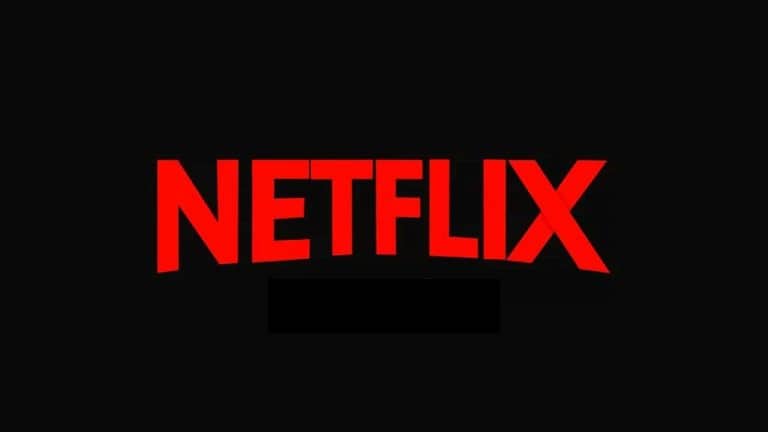Why Netflix lost $54 billion in market cap in one day
It’s no secret that the early days of inflationary times are the easiest times to take a price hike. Inflation provides sales forces with a ready-made answer when customers ask, “why are you doing this?”
World-wide, companies are rushing to ask customers to pay more because of rising supply and labor costs…and, let’s face it, many are probably building in a little “kicker” to boost profits. Who can blame them? Who knows when such a ready-made excuse to do “the hardest thing in business” – raising prices – will come again?
That’s why the recent news about Netflix is such a cautionary tale. In case you missed it, after a roughly 10% price increase, Netflix lost 200,000 subscribers – and $54 billion in market cap after stockholders dumped shares. What happened?
If your company hasn’t taken its inflation-driven price hike yet, there are three things that can be learned from this.
1. Have a clear-headed idea of what stage of the lifecycle you are in.
Streaming services like Netflix may have been fooled by the Pandemic into thinking they were still in a rapid-growth stage.
Home-bound viewers during 2020-21 had huge usage rates but slowing subscriber growth in January of this year was a clue that the industry has moved into a more mature stage.
This brought with it several warning signs of higher price sensitivity: market fragmentation with Hulu, Amazon, Tubi, YouTube, etc. options; less perceived differentiation between offers; and lower perceived risk. Many subscribers said, “I’ve got plenty of shows queued up on Apple TV so I can let this Netflix subscription go.” It’s a very different market than in 2019 when Netflix took its previous price hike.
2. Especially if you are in a highly competitive market, reinforce your unique value when communicating your new, higher price.
A few months ago, Amazon did a great job of communicating its Prime price hike. In defense of its price increase, Amazon talked about the continued rollout of same-day delivery in more geographies and other consumer-valued benefits.
By all accounts, that counted more to customers than Netflix’ justification of its recent price increase, which cited: “continued investment in new content, including video games…” Almost no one complained about the Prime price hike, but you see what happened to Netflix…
3. (And this is hard advice to follow if the train has already left the station) –stay privately-held for as long as possible!
Let me explain. Netflix real reason for the price hike may be an attempt to monetize the almost 100 million households that are using shared passwords with others and not paying fees separately. You can’t blame Netflix for trying to right this wrong – it’s got to be done eventually.
Privately held firms can circle the wagons on an issue such as this with a smaller group of big investors, preach patience amongst shareholders and ultimately do what must be done. Public stockholders aren’t as manageable; they can just sell their shares and bolt to the next hot growth stock. This is how Netflix lost $54b in market cap in a single day
But the first two pieces of advice hold in all cases, and they can be summed up in one sentence: understand customer perceptions of the value you deliver compared to competitors before you decide if and how much price to take. Many firms still think that customer perceptions can’t be measured reliably, and they are dead wrong. Companies that realize that customer perception IS reality are measuring and making better decisions as a result. These are the companies successfully taking price in inflationary times, along with a little extra premium for the value they are adding.

 Tom Spitale
Tom Spitale